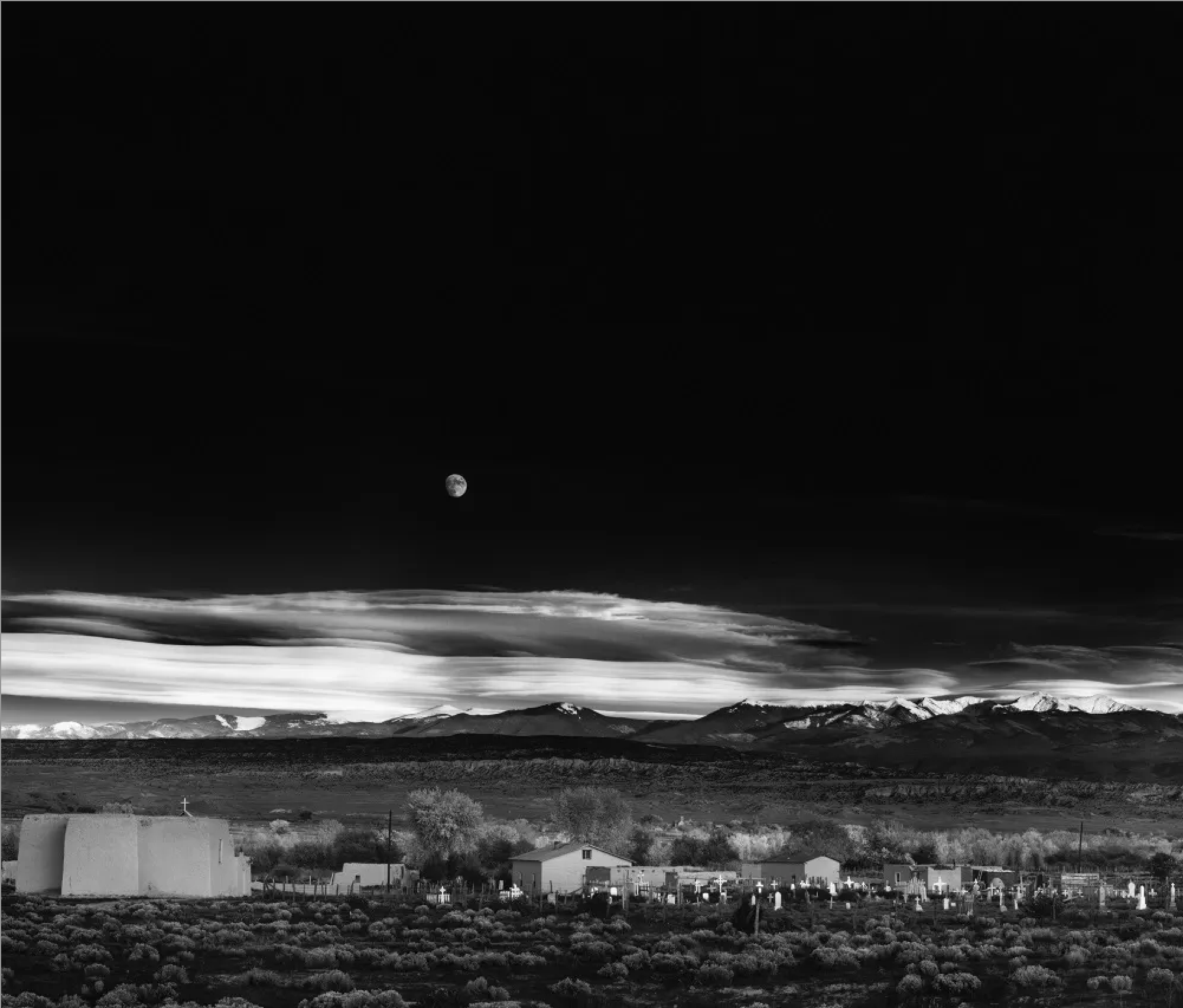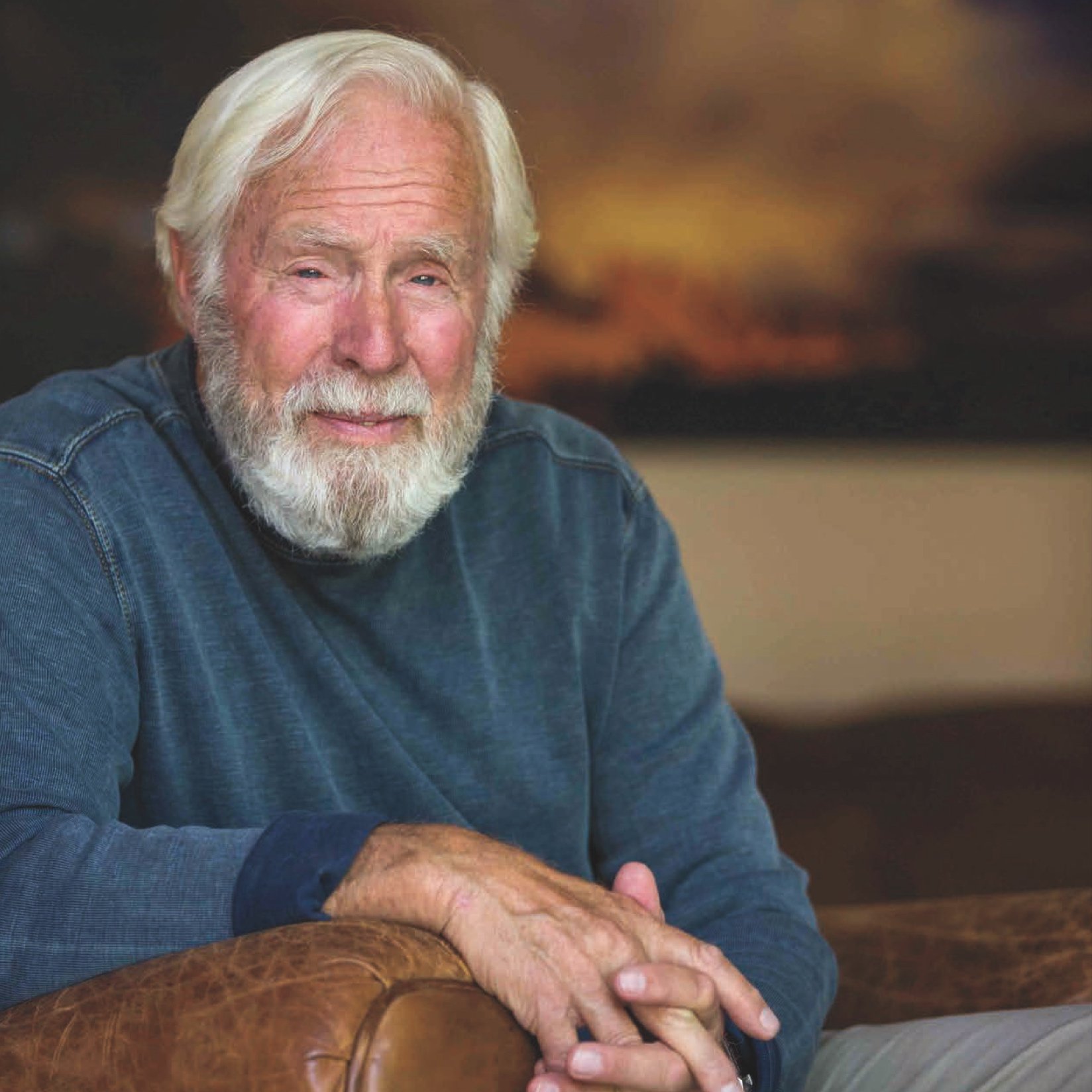Ansel Adams
Ansel Adams (website) was an American photographer and environmentalist, best known for his iconic black-and-white landscape images of the American West. A pioneer of the photographic medium, Adams played a significant role in the development of photography as an art form and was an influential advocate for environmental conservation. His breathtaking images of national parks and wilderness areas continue to inspire photographers and nature enthusiasts around the world.
Early Life and Career
Born in San Francisco in 1902, Ansel Adams developed an early interest in both nature and photography. At the age of 14, he received his first camera and began exploring the wilderness of Yosemite National Park, which would become a lifelong passion and the primary subject of his photography.
Adams initially pursued a career as a concert pianist, but eventually, his love for photography and nature led him to dedicate himself fully to the art. In the 1920s and 1930s, he became involved with various photography groups, such as the Sierra Club and the f/64 Group, where he met influential photographers like Edward Weston and Imogen Cunningham. These connections helped Adams develop his photographic vision and build a career as a professional photographer.
Photographic Style and Techniques
Ansel Adams's photographic style is characterized by its sharp focus, exceptional detail, and dramatic use of light and shadow. He sought to capture the grandeur and beauty of the natural world, emphasizing the importance of preserving these pristine landscapes. Some key aspects of his style and techniques include:
Large Format Cameras: Adams primarily used large format cameras, such as the 8x10 inch view camera, which allowed him to capture an extraordinary level of detail and tonal range in his images.
The Zone System: Alongside fellow photographer Fred Archer, Adams developed the Zone System, a method for achieving precise control over exposure and development in order to optimize image quality and tonal range.
Visualizing the Final Image: Adams believed in the importance of pre-visualizing the final image before taking a photograph, considering factors such as composition, lighting, and exposure to create the desired outcome.
Environmental Conservation: Through his photography, Adams sought to inspire a greater appreciation for the natural world and to promote the importance of environmental conservation.
Career Highlights
Some notable highlights of Ansel Adams's career include:
Founding the f/64 Group in 1932, alongside photographers such as Edward Weston and Imogen Cunningham, which helped promote the idea of "pure" photography, emphasizing sharp focus and the use of the entire tonal range.
Receiving the Guggenheim Fellowship in 1946 and 1948, which supported his ambitious project to photograph national parks and wilderness areas across the United States.
Serving as a consultant on photographic and environmental issues for the Department of the Interior and the National Park Service, advocating for the preservation of natural landscapes.
Being awarded the Presidential Medal of Freedom in 1980 for his contributions to photography and environmental conservation.
Photography Gear
Ansel Adams used a variety of photography gear throughout his career, including:
Cameras: Adams primarily worked with large format cameras, such as the 8x10 inch Deardorff view camera, which provided exceptional image quality and control over focus and perspective.
Lenses: He utilized a range of lenses, from wide-angle to telephoto, allowing him to capture diverse perspectives and compositions in his landscape photography.
Tripods: Given the size and weight of his large format cameras, Adams relied on sturdy tripods to ensure stability and sharpness in his images.
Filters: Adams frequently used color filters, such as red or yellow, to enhance contrast and alter the tonal relationships within his black-and-white images.
Published Works
"Ansel Adams: An Autobiography": This personal account of Ansel Adams' life and work provides an intimate glimpse into the experiences and influences that shaped his iconic photography. The book offers a comprehensive overview of his journey as an artist and environmentalist.
"The Camera": As part of Adams' influential trilogy of photography books, "The Camera" offers technical and creative insights into the art of photography. It covers topics such as camera types, lenses, and composition, providing valuable knowledge for photographers at all levels.
"The Negative: Exposure and Development": In this second book of the trilogy, Adams delves into the intricacies of film exposure and development, sharing his expertise on achieving optimal results in both black-and-white and color photography.
"The Print": The final installment of Adams' trilogy focuses on the creation of high-quality photographic prints. The book covers techniques such as dodging, burning, and paper selection, enabling photographers to refine their printing skills.
"Ansel Adams' Yosemite: The Special Edition Prints": This stunning collection features some of Adams' most iconic Yosemite images. The book showcases the beauty of this remarkable landscape and the photographer's mastery of light and composition.
"Ansel Adams in the National Parks: Photographs from America's Wild Places": This compilation of Adams' work showcases his photographs from various national parks across the United States. The images reveal the breathtaking beauty of these natural landscapes and highlight Adams' commitment to environmental conservation.
Quotes
"You don't take a photograph, you make it."
"When words become unclear, I shall focus with photographs. When images become inadequate, I shall be content with silence."
"A great photograph is one that fully expresses what one feels, in the deepest sense, about what is being photographed."
"There is nothing worse than a sharp image of a fuzzy concept."
"The single most important component of a camera is the twelve inches behind it."
Legacy and Influence
Ansel Adams's legacy as a master of landscape photography and a tireless advocate for environmental conservation endures today. His innovative techniques, such as the Zone System, have influenced generations of photographers, including Clyde Butcher, Michael Kenna, and John Sexton. Adams's work has also had a lasting impact on the broader visual arts and environmental movements, inspiring countless artists and nature enthusiasts alike.
By capturing the grandeur and beauty of the American West, Ansel Adams not only transformed the way we see and appreciate nature but also played a pivotal role in shaping photography as an art form. His enduring dedication to environmental conservation and his unparalleled mastery of the photographic medium continue to inspire photographers to explore the world around them and to use their art to make a difference.













Billions of pictures are being posted and shared on the internet every day. There are more cameras than people in the world nowadays. Photography is something we take for granted; something we can easily do whenever we want. But it wasn’t always like this.